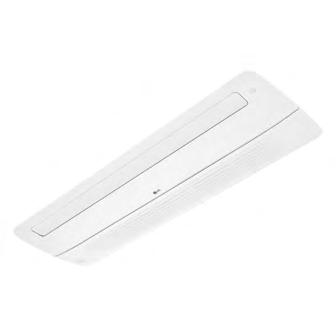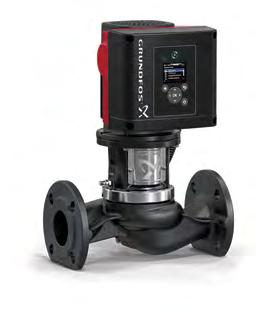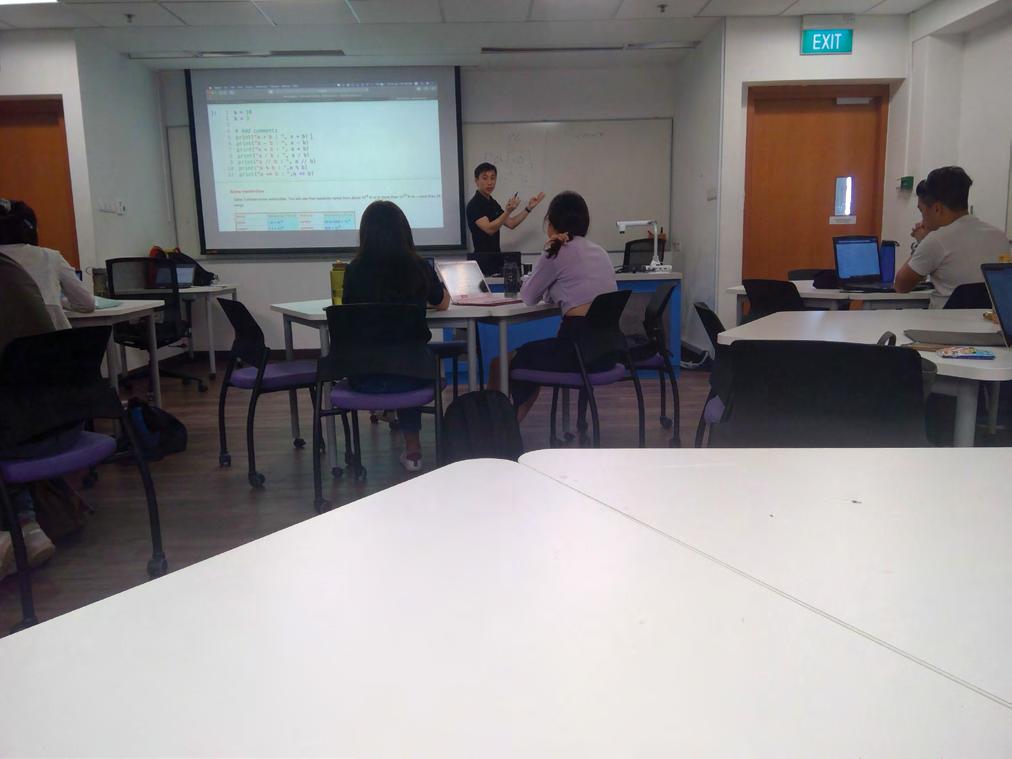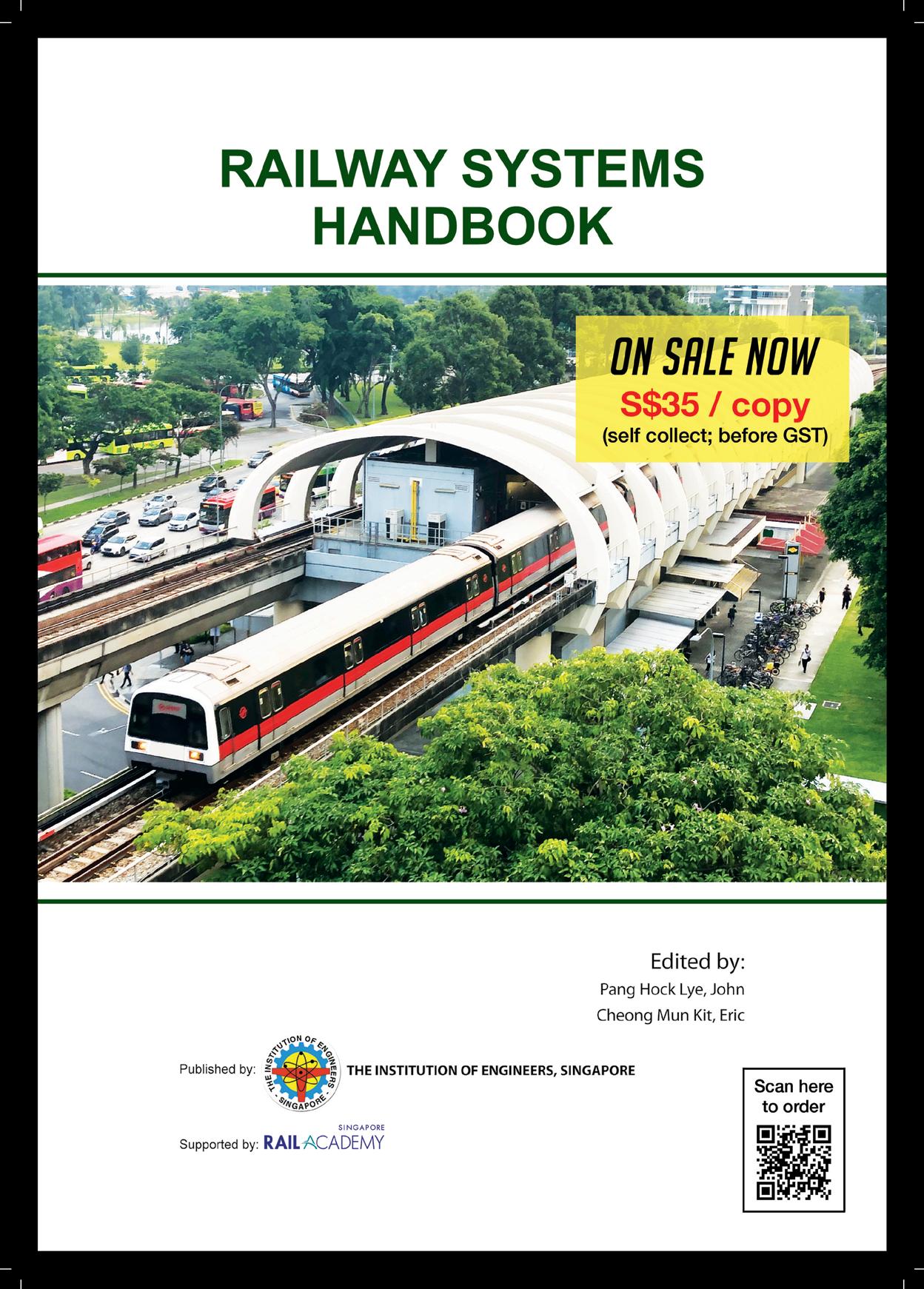
11 minute read
Two leading companies join forces to decarbonise power generation The cooperation agreement will address the use of ‘green hydrogen’ and promote sector coupling
TWO LEADING COMPANIES JOIN FORCES TO DECARBONISE POWER GENERATION
The cooperation agreement will address the use of ‘green hydrogen’ and promote sector coupling.
Recently, Uniper and Siemens Gas and Power signed a cooperation agreement for the development of projects on the decarbonisation of power generation and promoting sector coupling. It extends the long-standing partnership between the two companies. They believe it is important to look at the energy, mobility and industry sectors together, because they all can and must contribute to reducing greenhouse gases. One focus of the planned cooperation is the production and use of ‘green hydrogen’ or hydrogen from renewable energy sources. The companies intend to implement projects in this field together, addressing the entire value chain. The scope of the new cooperation agreement also includes the evaluation of the potential of Uniper’s existing gas turbines and gas storage facilities for the use of hydrogen. The focus of the work is to define what role hydrogen can play in the future evolution of Uniper’s coal power plants. Uniper recently announced that it would close or convert its coal-fired power plants in Europe by 2025 at the latest.
Uniper’s coal-exit plan is instrumental to make the company achieve its objective of becoming carbon-neutral in Europe by 2035.
Siemens Gas and Power is helping its customers achieve their decarbonisation goals. ‘Brownfield transformation’ projects are designed to decarbonise coal-fired power plants and significantly reduce CO2 emissions from gas-fired power plants, including the integration of storage solutions and the use of ‘green gas’. By building infrastructures for Power-to-X, Siemens Gas and Power is making a global contribution to cross-sector decarbonisation. Siemens offers all core technologies for a long-term CO 2 -free energy supply - from power and heat generation by renewable energies or gas-fired power plants, to power transmission and distribution, to efficient electrolysis for hydrogen production.
Uniper initiated the transition to a more climate-friendly energy supply, as described in its new company strategy. The company has set itself the goal of reducing CO 2 emissions in the European generation segment from 22 million tons today to net-zero emissions by 2035. Uniper already produces around 24 terawatt hours of carbon-free electricity with its hydroelectric and nuclear power plants in Germany and Sweden. Under its new strategy, it now intends to gradually increase the share of ‘green gas’ or ‘green hydrogen’ in its conventional gas business, in both power generation and energy trading.
Uniper is a pioneer in the use of power-to-gas technology, which makes ‘green hydrogen’ possible, having been one of the first to implement such kind of projects. The company has already built the first power-to-gas plant in Falkenhagen in 2013, followed by another one in Hamburg in 2015. Uniper added a methanisation plant to the Falkenhagen plant in 2018. In addition, Uniper is pushing forward cross-sector industrial projects together with refineries and the automotive industry with various real-life laboratory projects, which could make it possible to enter hydrogen production at market conditions in the near future. Siemens and Uniper have been partners for many years in integrated products, solutions and services along the entire energy value chain. In addition, the companies share a pioneering role in power-to-gas plants in which hydrogen or methane are produced from renewable energies. Power-to-gas plants can provide a technical answer to one of the key questions of the energy revolution: How can the fluctuating energy sources, solar and wind be stored? The aim of this cooperation is to contribute to improving the economic efficiency and thus the marketability of power-to-gas plants.
Uniper CEO Andreas Schierenbeck said, “After the coal phase-out and the switch to a secure gas-based energy supply, the use of climate-friendly gas will be a major step towards successful energy system transformation; therefore, the decarbonisation of the gas industry, including gas-fired power generation, is essential if Germany and Europe are to achieve their climate targets. We are ready to invest and have set the strategic course to significantly accelerate the decarbonisation of our portfolio. In doing so, it is important to bundle energies, act openly in terms of technology, and work with proven high-technology partners like Siemens”.
Jochen Eickholt, Siemens Energy Executive Board Member, said, “Green hydrogen can contribute to achieving climate targets and is thus a key to a successful energy turnaround. And it can do so across sectors in industry, mobility, and heat and power generation. But we are only at the beginning. Joint projects with our customers, such as the partnership with Uniper focusing on ʻbrownfield transformationʼ and the design of the ʻgreen hydrogenʼ value chain, are extremely important here. Here we can show that a CO 2 -free, environmentally friendly energy supply is possible and makes sense under real conditions and using existing plants. Together, we are working to master the challenges up to series production and use of hydrogen on a large scale and to make this clear to the world: Our future lies in hydrogen. This is what we are committed to as a company”.
Siemens Gamesa to supply turbines for large wind farm in Vietnam
Vietnam has some of the best wind resources in Southeast Asia. In an effort to tap the country’s potential and provide more clean energy, Siemens Gamesa Renewable Energy will supply 25 units of its SG 4.5-145 turbines for one of the nation’s largest wind farms. With a total capacity of 113 MW, the Hoa Thang 1.2 wind farm will generate enough electricity to meet the demands of over 240,000 people, following its commissioning in 2021. The deal also marks the largest order in the country for Siemens Gamesa. Additionally, the company has secured a 10-year service contract. The project, located in the Bac Binh district, Binh Thuan province, on the South-Central coast of Vietnam, is developed by Hoa Thang Energy Joint Stock Company, a special-purpose vehicle of Vietnam’s construction group, Trading Construction Works Organization, which has close to 60 years of construction experience. Hoa Thang Energy is a pioneer in renewable energy in Vietnam, where the fast-growing economy has seen electricity demand rise by around 10% annually. The Vietnamese government estimates that total power generating capacity will reach 125-130 GW by 2030, up from 46 GW in 2018. In order to mitigate climate concerns, the government also aims for renewable energy to account for 15% to 20% of its total energy output by 2030 and has established a target of developing 6 GW of wind power capacity by 2030.

LG LAUNCHES NEW COMMERCIAL AIR-CONDITIONER WITH AIR PURIFICATION FUNCTION
The new commercial air-conditioner from LG Electronics is optimised for crowded facilities where users spend a long time. These include kindergartens, schools, hospitals, offices, retail malls, and especially places frequented by those with weaker immunity and who are more vulnerable to fine dust. LG’s new cassette offers more choices to building owners and consultants. According to the ‘2019 World Air Quality Report’ published by IQAir, a Swiss air quality technology company, Singapore’s air quality stands in the ‘Moderate’ range. This means that the air quality is acceptable, however some pollutants could be present, that may cause health problems to some people who are sensitive to air pollution. LG’s cassette type indoor unit, equipped with the air purification function, is a good option when considering the installation of air purification products for large indoor spaces. To implement efficient air purifying technology, LG has added air purification solutions to 1 Way and 4 Way cassette indoor units. LG has added air purification solutions to 1 Way and 4 Way cassette indoor units.


AIR PURIFYING PROCESS FOR CLEANER AND FRESHER AIR
LG’s air purifying process consists of the following four steps:
Pre-filtration
The multi-layer structure of the pre-filter removes particles with an efficiency that is said to be 2.5 times higher than that of the pre-filters generally used.
Dust electrification
Dust electrification increases the electrostatic force of the particles, thereby improving the filter’s collecting efficiency.
Ultrafine dust filtration
Dust particles as fine as PM1.0 in size are removed by the electric dust filter. This is certified by the Korea Air Cleaning Association (KACA).
Photocatalytic deodorisation filter
The deodorisation filter removes odours and harmful gases with high-efficiency gas adsorption technology.
LG's air purifying process can remove dust particles as fine as PM1.0 in size.

MARRYING A SLIM DESIGN WITH HIGH PERFORMANCE
The new cassette has a Clean Air Delivery Rate (CADR) of 19.1 m 3 /min which is much higher than the standard CADR of 10.0 m 3 /min.
Even though LG has added the air purifying process to the cassette, separate filter frames are provided for the air purification filters inside the product. As a result, the product retains its slim, attractive appearance. Another notable feature of LG’s new cassette is its indoor panel with LED lamp and a wired remote control which allows the air quality to be monitored in real-time. Monitoring can be done anytime via the mobile LG ThinQ app. Moreover, the panel is installed on the body of the indoor unit, therefore it does not take up additional space. Also, since the air purification filters are semi-permanent, maintenance is convenient for building owners.
NEW COOLING SOLUTION AIMS TO REDUCE ENERGY USE
In a bid to drive sustainable cooling in Malaysia amidst the climate crisis, Grundfos has launched an energyefficient solution for air-conditioning systems that consumes 50% less energy than current conventional cooling systems.

Urbanisation and hot climatic conditions have intensified demand for air conditioning in Malaysia, reaching 1 million units in 2018, an almost 10% increase since 2013. This demand is expected to further increase over the coming decades as climate change further drives temperatures up. By 2050, Kuala Lumpur’s average temperature is expected to rise by 2.3° C, while other cities such as Johor Bahru, Putrajaya and Klang may also see a 1.5° C - 1.8° C increase in temperature. Recognising the need for sustainable methods of cooling in Malaysian cities, Grundfos has launched its Distributed Pumping System, a first in Malaysia. It is a novel system capable of operating in optimised conditions at any time. This enables significant energy savings over conventional cooling systems that consume high levels of energy, consequently contributing to greater carbon emissions due to issues such as over-pumping to compensate for discrepancies between the chilled water supply and return temperatures, as well as their tendency to run at constant speed and pressure throughout their operations, regardless of fluctuating cooling demands. With Malaysia’s Paris Agreement pledge to reduce its greenhouse gas emission intensity of GDP by 45% by 2030 and cut 32 million tonnes of carbon emissions by 2020, Grundfos Pumps Sdn Bhd forecasts that the demand for distributed pumping systems will increase in the coming years as a result of greater demand for energy efficient solutions. MAGNA3
achieves comfort for users of the building by ensuring a consistent building temperature at all times. This approach to optimum water distribution is made possible by Grundfos’ MAGNA3 and TPE3 pumps - both ranges feature compact, intelligent circulator pumps fitted with built-in sensors, variable speed drive, controller and communication module, and advanced IE5 motors ensuring high efficiency. TPE3 is a dry-runner, vertical, in-line pump used as the primary pump, while MAGNA3 is a wet-runner circulator used as the secondary pumps. The self-balancing nature of Grundfos’ Distributed Pumping System also means that control valves are not required, removing the need for tedious and time-consuming balancing, which also reduces the cost of the initial installation.


TPE3
The Distributed Pumping System is able to intuitively regulate the water flow based on feedback from temperature sensors, meeting the exact requirements of different building zones, and intelligently controlling energy consumption by delivering the right flow at all times. On top of reducing energy consumption and operational costs, this new system
IES UPDATE IES-NUS HELPS FELLOW STUDENTS THROUGH PROGRAMMING WORKSHOP
Held on 24 January 2020, the IES-NUS Python Workshop 2020 was a three-hour workshop organised by the student chapter, in collaboration with Hackwagon Academy. The workshop aimed to help first-year NUS engineering students with no programming background gain confidence in the area, as well as prepare them for the Python programming module that they would encounter later on in their course of study. A total of 30 students from different engineering majors were in attendance. During the workshop, participants learnt the basic syntax of the programming language, gained tips on the higherorder thinking skills required for the module, and solved some problems through hands-on-exercises. There was also a Q&A session where they clarified their doubts and expanded their knowledge about Python.
Participants listening attentively while the instructor from Hackwagon Academy went over the scope of contents for the workshop.

There was a lively Q&A session between the participants and the instructors.

ADVERTISERS’ INDEX
IES Chartered Engineer ––––––––––––Inside Front Cover IES Membership ––––––––––––––––––Inside Back Cover IES Railway Systems Handbook –––––Outside Back Cover












